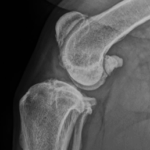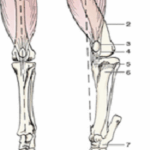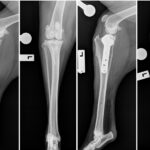With many plants starting to flower, we are starting to see the first cases of pollen allergies coming into the clinics.
The most common signs of pollen allergies in dogs is itchiness and inflammation affecting the paws, ears, groin and armpit, though any area can be affected. In cats, we tend to see scabs forming over large parts of the body.
Our treatment of allergic skin disease has changed quite a bit over the last couple of years. We used to believe that the pollen affected the dog by them breathing in the pollens, which would then get absorbed and affect the dog systemically. We now believe the allergies are actually coming from the pollens directly contacting the skin.
For cats with allergic skin disease, we find it is often associated with episodes of stress. We focus our attention for cats on minimising stress, controlling other things that may irritate the skin such as fleas, and use medication where required to settle things down.
For dogs, we often find they have secondary infections with bacteria or yeast if not brought in to us early. Owners may notice a bad smell, little lumps covering the skin and reddening and roughening of the inner surface of the ear. If an infection is present, they need veterinary attention.
To help minimise the risk of infection and to reduce itchiness, we recommend bathing dogs with allergies once weekly with and oatmeal based shampoo such as Episoothe. This is left on for around 10-15 minutes then rinsed off. This is then followed with a leave-in conditioner such as PAW Nutriderm. We also find that zinc and fatty acid supplements such as Nutricoat applied to the food once daily can dramatically reduce itching in some cases. These products are all available without a consult from the Bunbury Vet Clinic and Eaton Vet Clinic. For the more severe cases, we may use antihistamines and other medications such as steroids, but we try to minimise the use of these products.
If your pet becomes itchy over spring (many people notice it coincides with their hay fever flaring up), it may have an allergic skin disease. As usual, early intervention and treatment is the most successful, and we can help you build a maintenance program suited to your pet.



